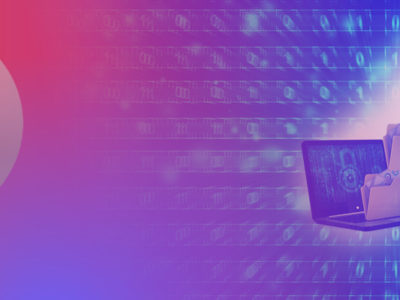Jan
4,
2024
We leveraged OpenAI's API and PHP to develop a proof-of-concept chatbot that seamlessly integrates with Pinecone, a vector database, to enhance our homepage's search functionality and empower our customers to find answers more effectively. In this article, we’ll explain our steps so far to accomplish this.
Dec
4,
2023
This article aims to delve into the capabilities and limitations of OpenAI’s models, examine the functionalities of agents like Baby AGI, and discuss potential future advancements in this rapidly evolving field.
Aug
29,
2023
As AI advances, calls for regulation are increasing. But viable regulatory policies will require a broad public debate. We spoke with Mhairi Aitken, Ethics Fellow at the British Alan Turing Institute, about the current discussions on risks, AI regulation, and visions of shiny robots with glowing brains.
Aug
2,
2023
The iPhone Photos app supports text-based searches, but is quite limited. When I wanted to search for a photo of “my girlfriend taking a selfie at the beach,” it didn’t return any results, even though I was certain there was such a photo in my album. This prompted me to...
Jun
21,
2023
In early March of this year, we had the pleasure of talking with Christoph Schuhmann, co-founder of the open-source AI organization LAION. We spoke with him about the organization's founding, the datasets and models it has produced, and the future of open-source AI development.
Jun
5,
2023
The introduction of ChatGPT in late 2022 touched off a debate over the merits of artificial intelligence which continues to rage today.
Mar
30,
2023
At least since the arrival of ChatGPT, many people have become fearful that we are losing control over technology and that we can no longer anticipate the consequences they may have. AI Alignment deals with this problem and the technical approaches to solve it.
Feb
14,
2023
<div style="text-align: justify;">With the release of the AI ChatGPT at the end of November 2022, OpenAI made big waves that don’t seem to be dying down. For a long time, not just in the tech bubble, people waited for the giant Google to answer. Now here it is: Google introduced...
Feb
1,
2023
<div style="text-align: justify;">Disruptive technologies or innovations like ChatGPT set in motion a process that can change the way we do business or even, how we live. The real disruptor is not ChatGPT, but the rapid development of new technologies in the field of AI and ML that are emerging on...
Nov
16,
2022
<div style="text-align: justify;">For some time now, artificial intelligence that allows an image to be generated from a text input, has been more or less freely available. Well-known examples are OpenAI's DALL-E and Google's Imagen. Not too long ago, Stability.ai's DreamStudio.ai was released, which, unlike the other AIs, is completely open...
Join ML Conference and stay tuned!









